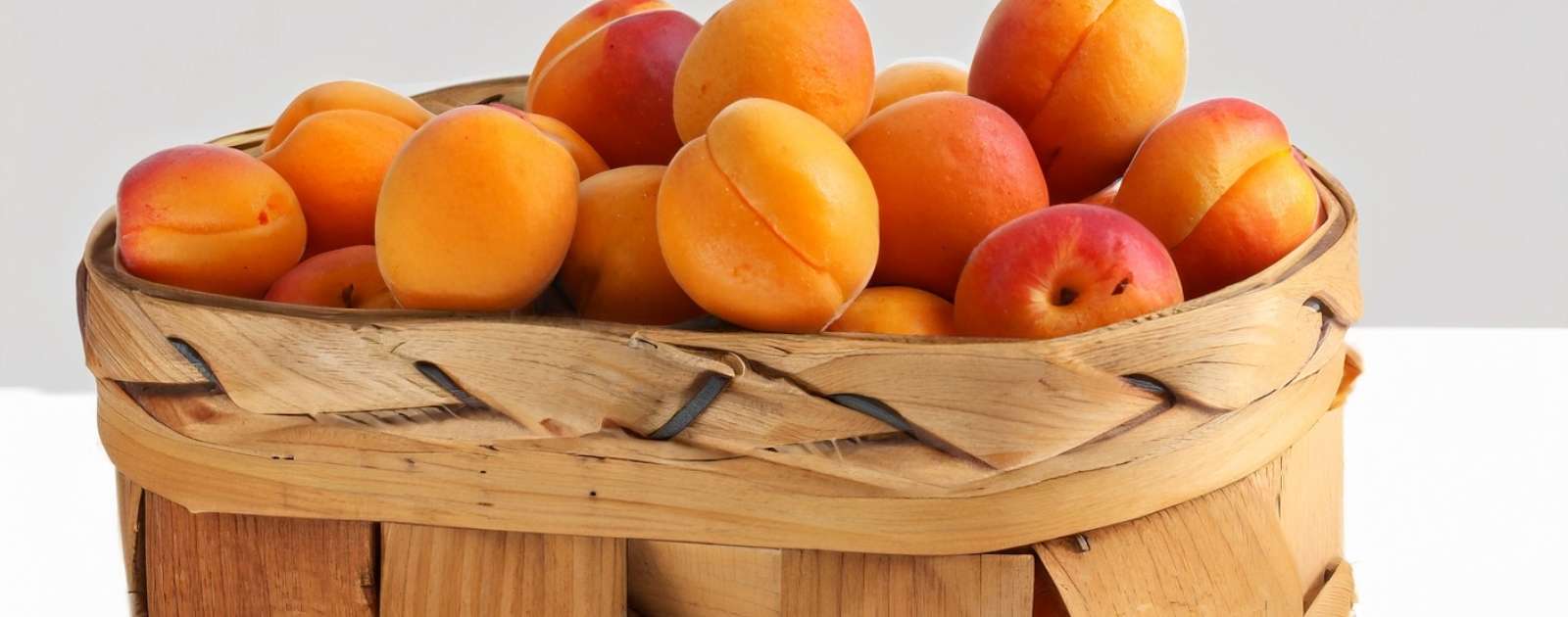Ever bitten into a peach or nectarine, expecting juicy perfection, only to find an unexpected shade inside? Fruits, particularly peaches and nectarines, can sometimes surprise us with internal discolorations. While often alarming at first sight, these color changes can be due to various reasons, ranging from natural aging to temperature fluctuations during storage.
When it comes to fruits, appearance plays a significant role in gauging their freshness. However, not all discolorations signify spoilage. Distinguishing between harmless browning and signs of rot is essential for health and safety. This underscores the importance of understanding the various causes of these changes and their implications on fruit consumption.
Before Starting, here’s a quick summary of the article:
Due to aging, temperature changes, or genetics, peaches and nectarines can exhibit internal discolorations. Not all browning indicates spoilage. Proper storage prevents chilling injuries and mold. Understanding these nuances ensures safe and enjoyable consumption of these fruits.
Why Do Peaches and Nectarines Turn Brown?
Natural Causes of Internal Discoloration
Nature has its own set of paints and brushes. When peaches and nectarines age, they might develop a brown tint due to enzymes like polyphenol oxidase. Just as apples turn brown when exposed to air, peaches and nectarines have their own natural browning process.
Chilling Injury in Peaches and Nectarines
Ever heard of fruits getting a cold? Well, sort of. Chilling injury is a term used when fruits like peaches and nectarines are stored at low temperatures for extended periods. These conditions can disrupt their cellular structure, leading to internal browning or a woolly texture. But don’t confuse this with freezing; it’s a different chilly culprit!
Determining Fruit Safety: Peaches and Nectarines
Signs a Peach or Nectarine Has Gone Bad
A fruit’s exterior can be deceiving. While a soft, squishy texture or an off-putting smell are clear red flags, internal browning doesn’t always signal spoilage. However, if the fruit emits a fermented smell or has a slimy texture alongside discoloration, it might be time to toss it.
The White Inside of Nectarines: Is It Safe?
Some nectarines sport a white interior, which can be startling if you’re expecting a vibrant hue. This coloration, often genetic, is perfectly safe. It’s like having a friend with a unique eye color – surprising, but naturally beautiful.
Brown vs. Bleeding Nectarine: What’s the Difference?
“Bleeding” in nectarines doesn’t involve actual blood, thankfully! It refers to a reddish discoloration, often caused by boron deficiency. While it might look concerning, it’s usually safe to eat. But always trust your instincts. If something feels off, it’s better to be safe than sorry.
Peach and Nectarine Concerns: Myths vs. Reality
Mold Growth on Peaches: Facts and Prevention
No one likes a fuzzy peach, especially if the fuzz isn’t natural. Mold can be a concern, particularly in humid conditions. While consuming moldy peaches isn’t recommended, it’s easy to prevent with proper storage. Keeping them in a cool, dry place can work wonders. And remember, a little space between fruits helps them breathe and stay mold-free.
Misconceptions Surrounding Brown Inside Peaches and Nectarines
Many believe that any discoloration signals rot. This isn’t always the case. As we’ve explored, factors like age, temperature fluctuations, or genetics can lead to browning. It’s essential to understand the nuances, so you don’t end up discarding perfectly good fruit based on myths.
How to Manage and Prevent Fruit Discoloration
Best Practices in Storing Peaches and Nectarines
To enjoy the fresh, juicy goodness of peaches and nectarines, proper storage is key. Keeping them at room temperature until ripe, then transferring them to the refrigerator can extend their shelf life. And remember, avoid storing them in cold spots for too long to prevent chilling injuries.
Recommendations for Consuming Discolored Fruits
Come across a brown patch while slicing a peach? Don’t panic! If the fruit smells and feels right, it’s usually safe to consume. However, when in doubt, cutting away the discolored portion can give you peace of mind. After all, it’s always better to play it safe with what you ingest.
Final Thoughts
Navigating the world of peaches and nectarines can seem tricky with all the color changes they undergo. But with a bit of knowledge, it’s easy to distinguish between natural discolorations and actual spoilage. Prioritizing fruit safety ensures you enjoy the best they have to offer without compromising health.
In our journey of mindful consumption, every bit of information helps. Recognizing the nuances of peach and nectarine discoloration is just a small step towards making informed choices. As we savor their juicy goodness, let’s also celebrate the knowledge that ensures each bite is both delicious and safe.

